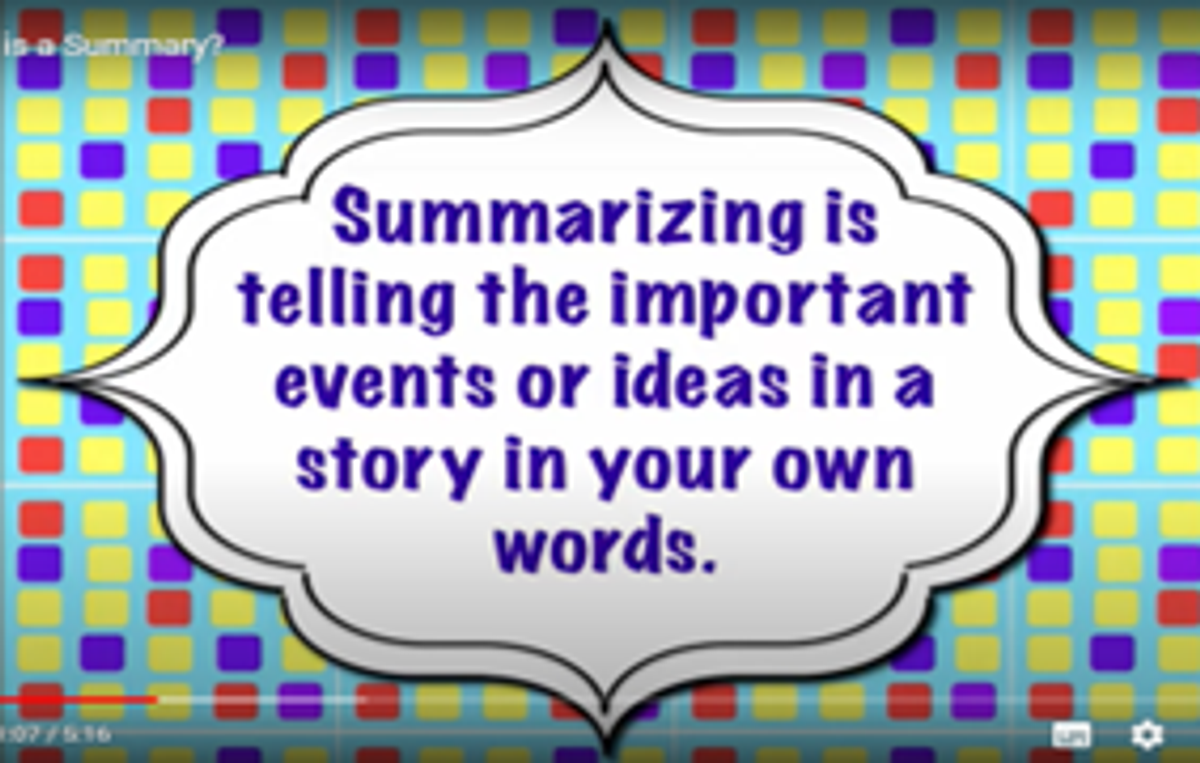Year 2 Bulletin

English: Reading
Literacy: Interpreting, Analysing, Evaluating
Comprehension Strategy: Summarising
Learning Intention
To summarise the events in a text by sequencing and retelling in your own words.
Learning experience overview
In this activity, students viewed a visual text, ‘The Messy Magpie’ published by Twinkl.
Students identified what happened first, next, then, after that and finally. They sorted and pasted the visual prompts, that told the story in pictures, in order, to follow the Story Map.
At each point, for every event on the Story Map, they retold the events, in their own words.
The sequencing of the main ideas then becomes the summary.
The Story Map activity provides students with practise sequencing a series of events, being mindful of the beginning, middle and end of the story.
They are using the comprehension strategy of retelling in their own words, to improve their understanding of what they read and to foster a greater understanding of the structural features of a summary.
Summarising is a literacy skill that we use at every stage of our educational journey. Retelling is the beginning stage of summarising, and orally restating what they remember about the text, is always a good skill to practise.
Specific detail is what we are looking for, not just simple facts. We are gauging their level of understanding of the text, by the literal and inferred meaning that they are taking from it.
Students need to be able to:
- Identify the main ideas and associated points
- Use key information – words/facts/phrases/specific details
- Retell a shortened version of the text, in their own words
- Take notes
- Infer the author’s intent in using specific language
Prompts/questions/responses
- Helpful questions to ask when summarising (including retelling) are:
- Who is/are the main character(s)?
- What happened first, in the story?
- How was the character feeling at the beginning, in the middle and at the end of the story?
- In what way did the character change?
- What caused the character to change?
- What is the problem that the character encounters?
- How does the character solve the problem(s)?
- What was the author’s message?
To resume the learning at home from this experience
Continue to encourage your child/ren to read for pleasure at home, and share their thoughts about the text with you. Begin by asking them to retell the story, identifying the key points, being mindful of the sequence of events. Use some of the question prompts, above, to help with their recall. Remind them of the importance of the order of events, and how that aids meaning. Discuss what the author might have been inferring – not specifically stating, but hints they may have been giving about the text. What can we understand by ‘reading between the lines’? Did the text have a message for the reader?
Mrs Evans and Rosanna
Year 2 Team


